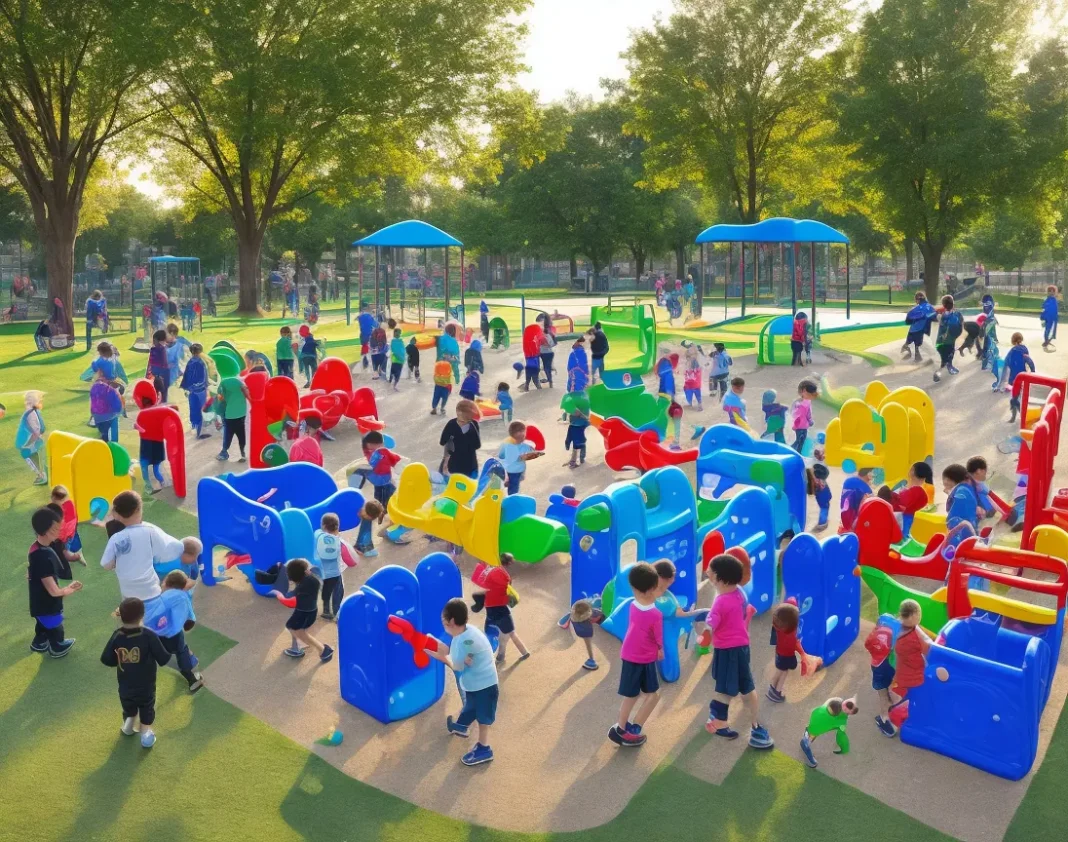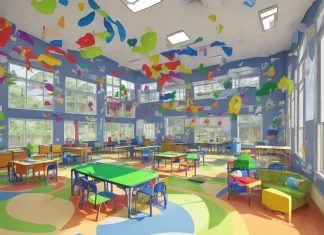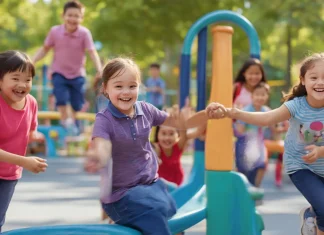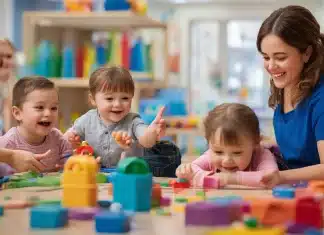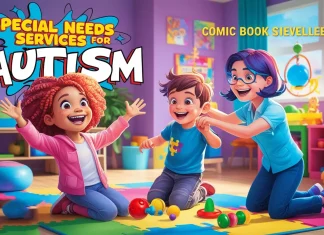Introduction
If you’re a parent or caregiver of a child with autism, you understand the unique challenges and opportunities that come with nurturing their growth. One crucial aspect of development for children with autism is social interaction. In this article, we delve into the world of kids’ autism social groups, exploring how they can positively impact your child’s journey.
Understanding Autism
What is Autism?
Autism, or Autism Spectrum Disorder (ASD), is a developmental condition that affects communication, behavior, and social interaction. Children with autism may exhibit a range of symptoms, from difficulties in verbal and nonverbal communication to repetitive behaviors and limited interests.
Common Signs of Autism
Identifying autism early is essential for timely intervention. Look for signs such as challenges in maintaining eye contact, difficulty in understanding emotions, delayed speech, and resistance to changes in routine.
Importance of Socializing
Benefits of Social Interaction
For kids with autism, participating in social activities can lead to numerous benefits. Improved communication skills, enhanced emotional understanding, and increased self-confidence are some of the advantages that result from positive social interactions.
Challenges Faced by Kids with Autism
While socializing offers incredible rewards, children with autism often encounter hurdles such as difficulty in understanding social cues, heightened sensitivity to sensory stimuli, and anxiety in unfamiliar situations.
Role of Social Groups
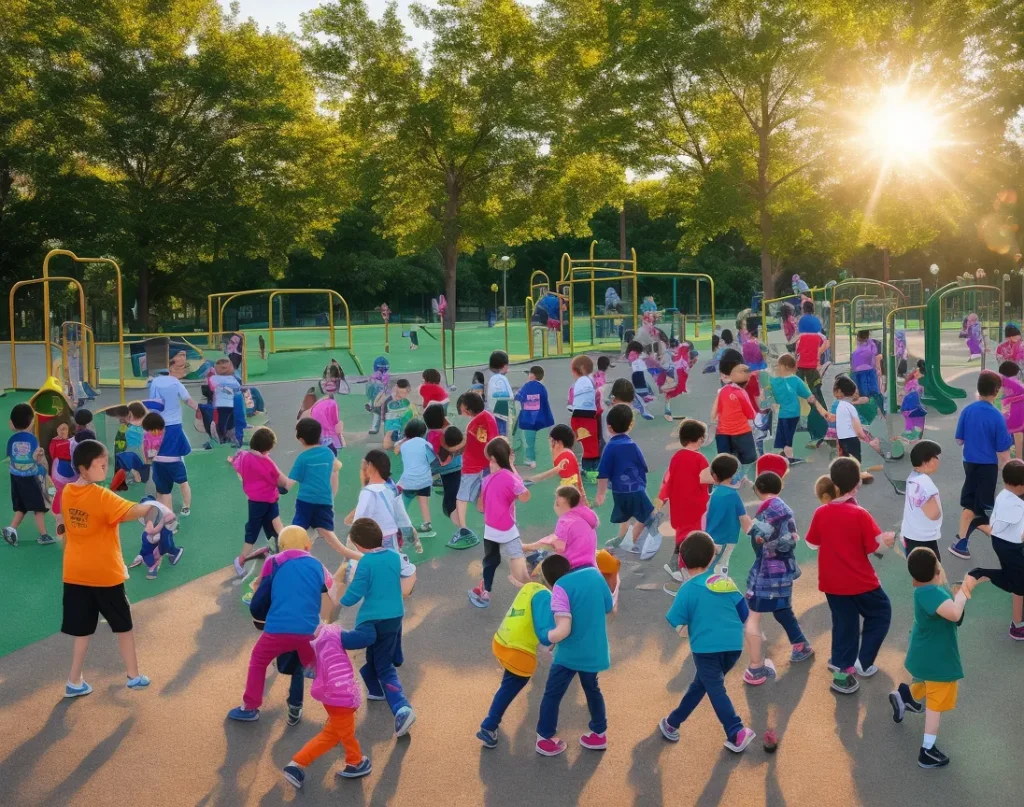
What are Kids’ Autism Social Groups?
Kids’ autism social groups are structured environments designed to provide a supportive space for children with autism to interact with peers. These groups focus on developing social skills, fostering friendships, and creating a sense of belonging.
How Do They Work?
Trained facilitators lead group activities that cater to the specific needs of children with autism. These activities encourage teamwork, cooperation, and communication in a controlled and understanding setting.
Benefits of Social Groups
Skill Development through Interaction
Participating in group activities allows children to practice important social skills in real-time. From initiating conversations to sharing experiences, kids learn to navigate social situations effectively.
Creating a Sense of Belonging
Kids’ autism social groups provide a space where children can connect with others who share similar experiences. This sense of belonging can boost self-esteem and reduce feelings of isolation.
Finding the Right Group
Factors to Consider
When selecting a social group for your child, consider factors like the group’s size, facilitators’ experience, and the activities offered. Each child’s needs and preferences are unique, so finding the right fit is essential.
Tips for Choosing the Right Group
Reach out to group organizers, ask about their approach, and inquire about how they handle challenges. Visiting a session beforehand can also help you gauge if the group aligns with your child’s requirements.
How to Prepare for a Group
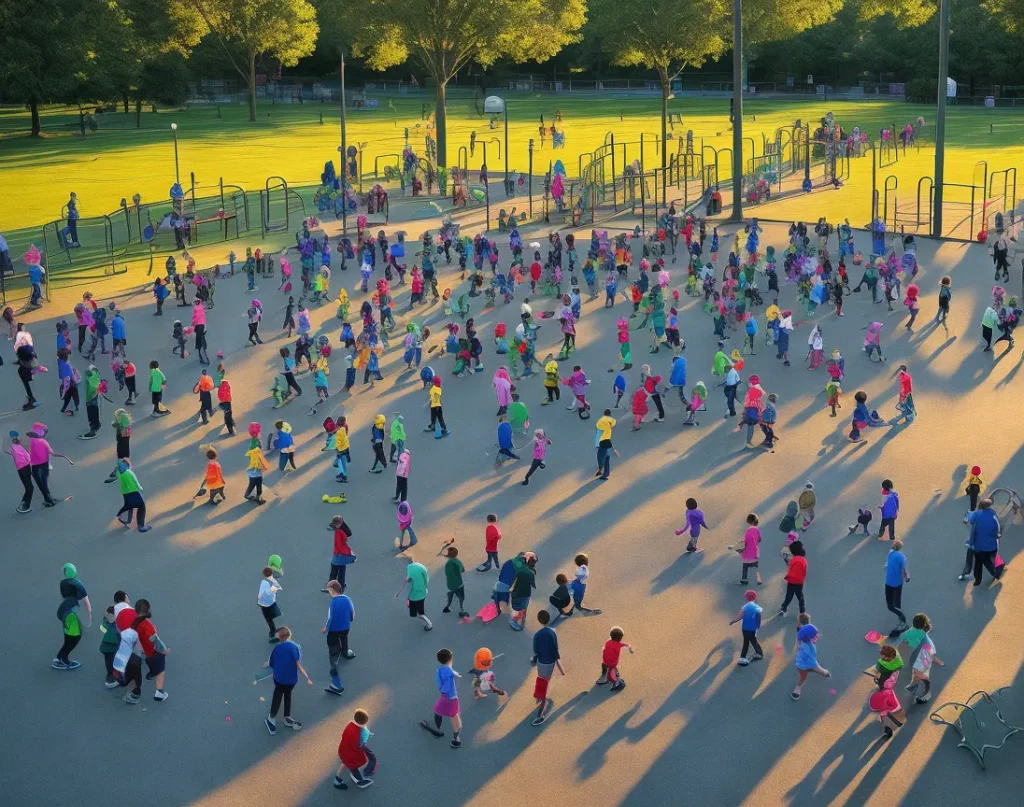
Preparing Your Child
Before attending a social group, prepare your child by explaining what to expect and discussing the activities they might engage in. Use visual aids or social stories to help them understand the routine.
Managing Expectations
Keep in mind that progress might be gradual. Celebrate small victories and provide constant reassurance to your child. Remember, every step towards improvement is significant.
Making Social Activities Fun
Incorporating Interests and Hobbies
Make social activities enjoyable by incorporating your child’s interests and hobbies. Shared passions can provide common ground for interaction, making the experience more engaging.
Encouraging Positive Experiences
Focus on creating positive memories associated with socializing. Praise your child’s efforts, and emphasize the fun aspects of group interactions to reduce anxiety.
Overcoming Challenges
Dealing with Anxiety and Sensory Issues
Children with autism might experience anxiety in new environments. Communicate with group facilitators about your child’s triggers and coping strategies to ensure a comfortable experience.
Fostering Communication Skills
Social groups provide a platform to enhance communication skills. Encourage your child to express themselves and actively listen to their peers, promoting healthy dialogue.
Celebrating Progress
Acknowledging Achievements
As your child participates in social groups, acknowledge their milestones. Whether it’s initiating a conversation or sharing an experience, celebrating achievements boosts their confidence.
Conclusion
Incorporating kids’ autism social groups into your child’s routine can be transformative. These groups offer a space where children can learn, grow, and form meaningful connections. Remember, every step towards improved social skills is a step towards a brighter future.
FAQs about Kids' Autism Social Groups
What age groups do these social groups cater to? These groups often cater to a range of ages, from preschoolers to teenagers, allowing children to interact with peers within their developmental stage.
Can my child join multiple social groups? Yes, depending on your child’s comfort level and schedule, they can participate in more than one group to enhance their social experiences.
Do these groups follow any specific therapeutic approach? Many groups incorporate evidence-based techniques, but approaches can vary. It’s important to understand the philosophy of the group you’re considering.
How can I help my child transition into a social group? Familiarize your child with the concept of the group, visit the venue beforehand, and discuss the activities to ease their transition.
Are these groups only for children with severe autism? No, kids’ autism social groups are designed to accommodate children across the autism spectrum, tailoring activities to individual needs.

